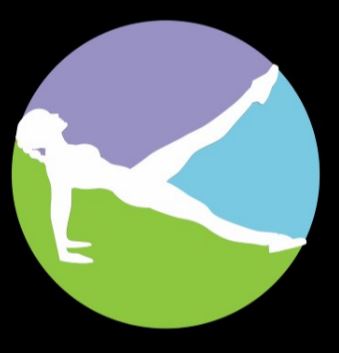I am a self confessed Tensegrity nerd, as my practice name ‘BPS Tensegrity’ might suggest. The scope of what Tensegrity can encompass both excites and confusses me at times and I know it often does more of the later for my patients. The question, “so what is Teeennsssgriiity?” is a common one and I feel that now is as good of a time as any to give my explanation of how Tensegrity fits into the Biological, Psychological and Social.
Tensegrity is a word derived by Buckminster Fuller from the words ‘tension’ and ‘integrity’, after having been introduced to Kenneth Snelson’s structures. Snelson define’s Tensegrity as;
“Tensegrity describes a closed structural system composed of a set of three or more elongate compression struts within a network of tension tendons, the combined parts mutually supportive in such a way that the struts do not touch one another, but press outwardly against nodal points in the tension network to form a firm, triangulated, prestressed, tension and compression unit.”
Tensegrity structures deriver their inherit stability from this floating tension, supporting themselves from within, rather than relying on compressive forces from without.
Dr Stephen Levin later coined the term biotensegrity to explain the biomechanical forces in biological life, but I think this can be taken further. Not only does Tensegrity make sense in our physical biomechanical forces, it also makes sense for our Psychological and Social spheres as well.
In the Psychological realm, I take ‘psychotensegrity’ to mean the ability of our ‘mind’/higher self/consciousness, what ever term you want to use, to flourish when it is supported from with and crumble when stressed from without. Similarly, ‘social-tensegrity’ refers to the preference of our social networks and environments to be supported by one another, acting as a unit, rather than compressed from the top down.
So, to summarise the things that biotensegrity, psychotensegrity and social-tensegrity have in common are their innate sense of internal support created through a pretensioned structures, and their failure under external compressive loads. Hopefully you can now start to understand and think a little different about the way you treat the biological, psychological and social elements of your life.




